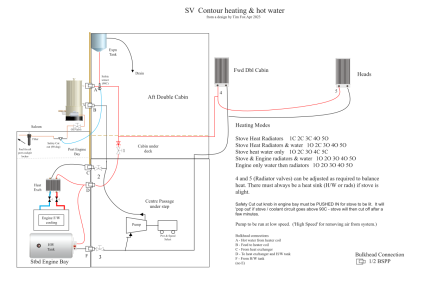mhember
Member
Hi,
Thank you for the information - really useful. I share your concern regarding the heat capacity from the 66M - although we never seem to have ours turned up at all beyond 'minimum' and it seems to kick out so much heat I feel like there should be enough for the cabins also! How big / what type of boat do you heat with your 66MS?
The hot plate point is really good - I'm trying to balance the simplicity of a stove which fits directly in our space with the need for more power output and the need to change the flue arrangements etc.
Yours aye
Marcus
Thank you for the information - really useful. I share your concern regarding the heat capacity from the 66M - although we never seem to have ours turned up at all beyond 'minimum' and it seems to kick out so much heat I feel like there should be enough for the cabins also! How big / what type of boat do you heat with your 66MS?
The hot plate point is really good - I'm trying to balance the simplicity of a stove which fits directly in our space with the need for more power output and the need to change the flue arrangements etc.
Yours aye
Marcus

